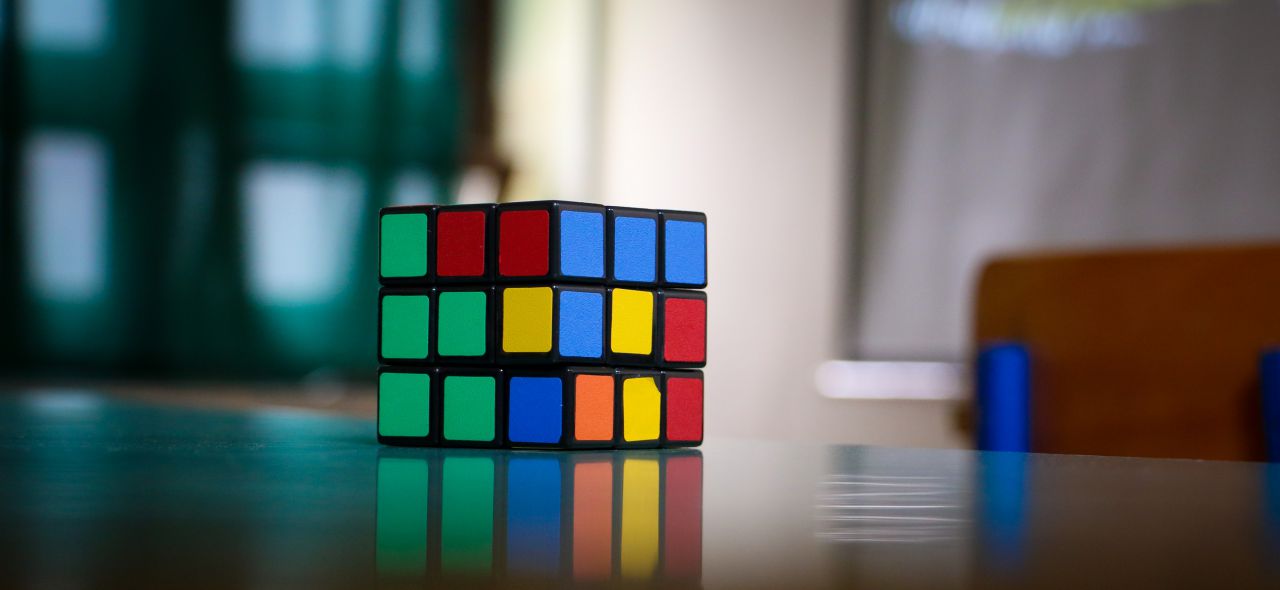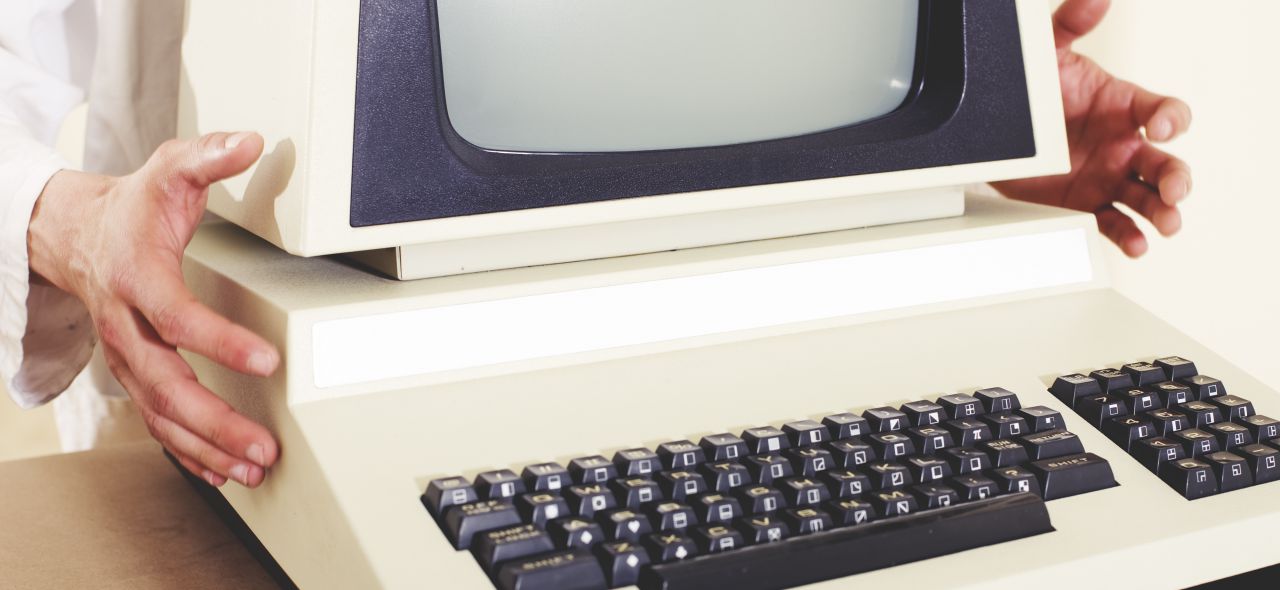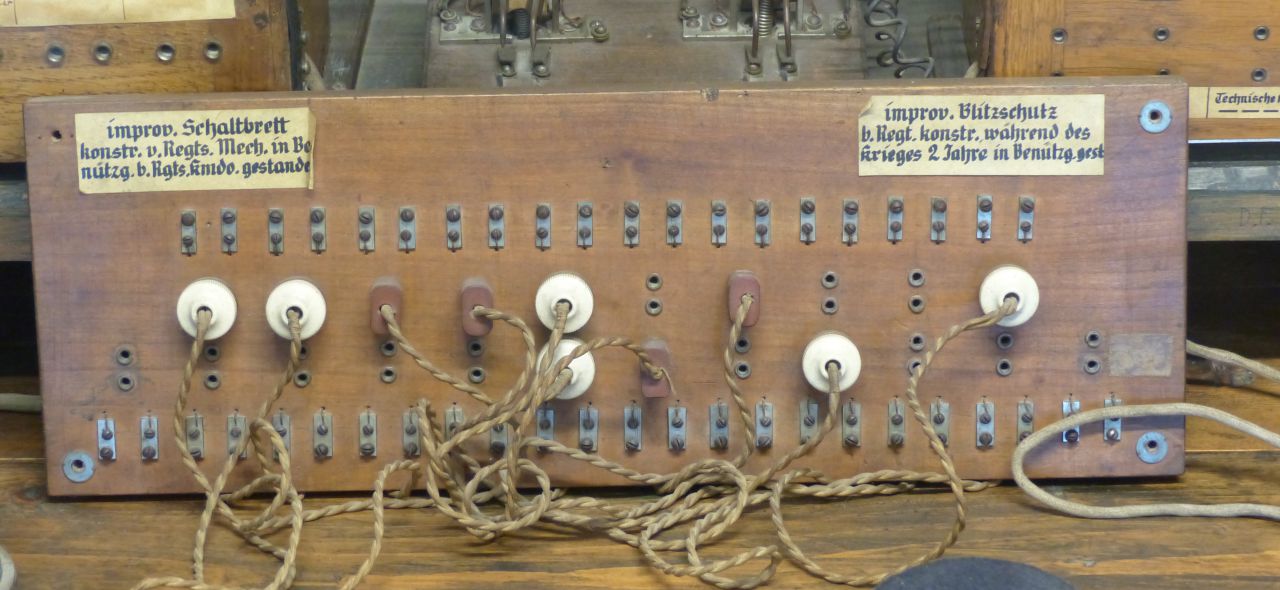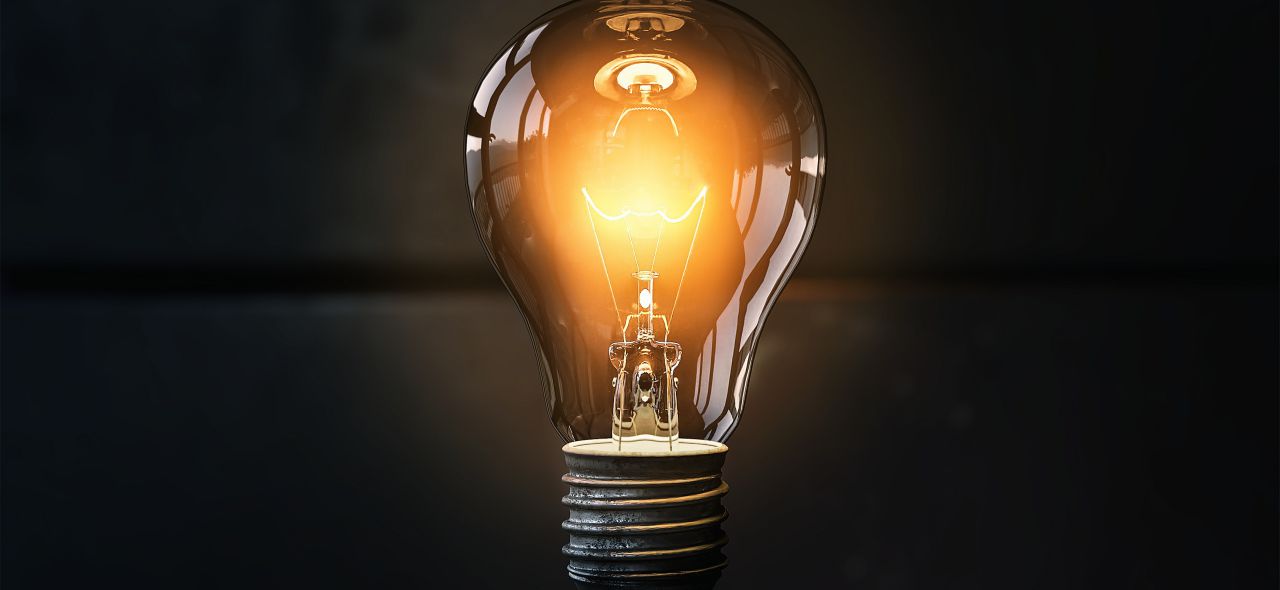In the 21st century there are so many things that surround us that are essential in our modern lives, and it seems so natural that we use them day by day. Hungarians played a big role in making our lives in the World easier. We had big inventors who created lasting values for the posterity. You can read about these amazing inventions in our following article.
Nuclear reactor
We are not starting small, the nuclear reactor is the core of the nuclear power plant - a controlled chain reaction takes place here generating energy. Nowadays, all reactors are based on nuclear fission, with only one fusion reactor being used for decades. Walter Zinn and Enrico Fermi built the first nuclear bonfire in Chicago in 1942, based on the idea of Leo Szilard.

Rubik’s cube
Ernő Rubik invented this three-dimensional mechanical logic game in 1974 and patented it in 1977. Its purpose is to rotate a pre-blended cube back to its original, ordered color scheme, so that all sides have the same color. It was a real success, almost everybody has a magic cube at home, even today. It didn’t only capture hungarians, it achieved great success all around the World. There is noone, who hasn’t tried at least once to put out the Rubik’s cube in the right order.

Dynamo principle
The dynamo principle is the invention of Jedlik Ányos from 1861, but Ernst Werner patented it, in 1866. It utilizes motion induction to generate voltage because a voltage is generated in an electric conductor moving in a strong magnetic field. From the 1960s to the 1970s, automotive dynamometers were used to power a vehicle.

Ballpoint pen
The ballpoint pen also known as the „biro” was invented by László Bíró at 1938. There were other types of pens to write with before the biro, for example the fountain pen, but there was a basic problem with them - they use a lot of thin ink, and it sometimes stained the paper with large ink spots, without control. The ballpoint pens are more reliable, thanks to its special structure. Pulling the tip of the pen over the paper, the rotating sphere releases ink, which dries almost immediately. Inexpensive, reliable and maintenance-free ballpoint pens have now largely taken the place of fountain pens in everyday use.

Matches
Another fantastic invention which is connected to a Hungarian – to János Irinyi. He patented the silent, non explosive safety matches in 1836. They are basically combustible (wood) chopsticks, easily ignited by rubbing on one end. Irinyi sold his invention and the right to produce the matches to Rómer István pharmacist, who soon became very rich, thanks to the safety matches, whyle János Irinyi died pour.

Vitamin C
The greatest biochemist of Hungary ever, was Albert Szent-Györgyi. Before the invention of Vitamin C wide-spread diseases were devastating the world, one of the most common problems being the skorbut. This disease was primarily dangerous to the sailors, who spent months on the ocean without a grand selection of food. The main purpose why Szent-Györgyi finally invented the Vitamin C was that he was looking for the reason and the cure for skorbut. Another thing which accidentally lead to the invention of ascorbin acid – Vitamin C was that his wife always packed him pepper next by his lunch, but he didn’t like it, therefore he started experimenting with it. He extracted the acid from the pepper and found the very valuable vitamin. It turned out that it cures many illness, such as the skorbut, as it was caused by the vitamin deficiency. Albert Szent-Györgyi got the Nobel Prize in 1937 for this fantastic discovery.

Holography
Holography is an image capture method based on the wave nature of light that produces a perfect three-dimensional image of the structure of an object. It was invented by a Hungarian gentleman Gábor Dénes in 1947. He discovered a way of capturing images that allowed more information to be returned than any known method before.

Nuclear Weapon
A nuclear weapon’s energy comes from nuclear transformation. There are two types of self-formation: nuclear fission in the case of an atomic bomb and nuclear bonding energy in the case of a hydrogen bomb. It has enormous amount of destructive power: a single bomb can destroy a city with millions of citizens.
Hydrogen bomb was invented by Ede Teller in 1950s, and with Leo Szilárd he takes an important role in the creation of the atom bomb, which was definitely not a positive invention for the World.

Color television
The appearance of a true-to-life color image and the creation of color television is associated with the name of Péter Károly Goldmark engineer-physicist. Born in 1906 in Budapest, the scientist fascinated his teachers with his knowledge of physics in high school, and later showed a keen interest in television at that time. The world's first color television was introduced on September 4, 1940.

Computer
The first computer is related to János Neumann of Hungarian origin. Born in Budapest in 1903, Neumann had an extraordinary talent for memory and excellence in calculating in his head. After studying at the University of Budapest and then in Berlin, he became a professor in the United States, where he turned to high-speed electronic computing. He has achieved the outstanding idea of the application of number two – binary system in the memory of the computers which leads to program storage, known as Neumann principles. In 1952, EDVAC, the first computer with memory, made him world famous.

Helicopter
Oszkár Asboth was a Hungarian factory owner and inventor who took an important role in the World of aviation. His work started when he was involved in aircraft construction in Vienna. He built an unmanned flying motorcycle-towed pilot aircraft structure, making several successful flights. During World War I. he headed the Propeller Experimental Institute in Budapest. They found out that replacing the previously used balloons with propellers rotating at a vertical axis would be more effective to spy on the enemy. Tódor Kármán, István Petróczy, Vilmos Zsurovecz was taking part in the works, Asboth was responsible for the design and construction of the rotor and the propeller, which are essential for the operation of the structure. In 1918 they built the first prototype which was able to fly.

Telephone exchange
A PBX is a device that connects telephone sets or switches calls from another telephone exchange as needed. When the phone was invented the World didn’t need the PBX, because phones were used first only between families – friends. But Tivadar Puskás had a vision that creating the PBX would be very useful, therefore he travelled to America to meet with Bell. Bit Bell wasn’t interested in the system, so he started to negotiate with Edison, and finally in 1878 they started to operate the first PBX in New Haven.

Light bulbs
When we enter our apartment we turn the light on with only a simple movement. It’s so natural, but still essential. We can thank this invention to Edison and 3 Hungarian inventors Sándor Just, Ferenc Hanaman and Imre Bródy who created the tungsten filament bulb, which is one of the most widespread light bulbs today. On December 13, 1904, their patented the tungsten filament manufacturing process. The filament made in this way was brighter and longer lasting than previous carbon filament bulbs. The tungsten filament bulb was first manufactured by the United Bulb and Electricity Co. and became known throughout Europe as the Tungsram brand.

source of photos and illustrations: pixabay